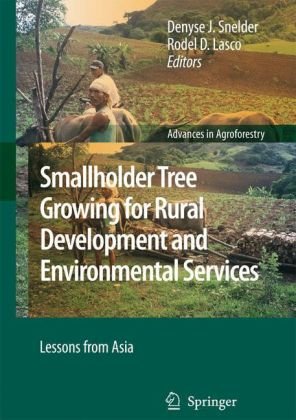

Most ebook files are in PDF format, so you can easily read them using various software such as Foxit Reader or directly on the Google Chrome browser.
Some ebook files are released by publishers in other formats such as .awz, .mobi, .epub, .fb2, etc. You may need to install specific software to read these formats on mobile/PC, such as Calibre.
Please read the tutorial at this link: https://ebookbell.com/faq
We offer FREE conversion to the popular formats you request; however, this may take some time. Therefore, right after payment, please email us, and we will try to provide the service as quickly as possible.
For some exceptional file formats or broken links (if any), please refrain from opening any disputes. Instead, email us first, and we will try to assist within a maximum of 6 hours.
EbookBell Team

5.0
108 reviewsRecent history reveals that both the large-scale reforestation projects of the 20th century have often been less successful than anticipated, and that tree growing by smallholders as an alternative means to combat deforestation and promote sustainable land use has received relatively little attention from the scientific and development communities. Taking a first step to addressing that balance, this collection of peer-reviewed papers adopts a comparative approach to explore the potential role that tree growing by farmers can play in sustainable forest management. The goal of this approach is to identify common threads and to start to develop a framework for future research and practice.
Presenting case studies from the Philippines and comparative data from a number of Asian countries the book reveals that farmer tree growing has the potential to play a significant role in sustainable forest management, and discusses the surrounding issues which must be addressed in order to realise this potential.
The book is primarily aimed at research scientists and graduate students interested in relevant aspects of forestry, agroforestry, agricultural diversity, natural resource management and conservation in agricultural landscapes, as well as those involved in sustainable development and international development studies. It will also provide a valuable reference for professionals, managers, consultants, policy makers and planners dealing with issues in sustainable development, natural resource management, land use change issues and participatory approaches to resource management.